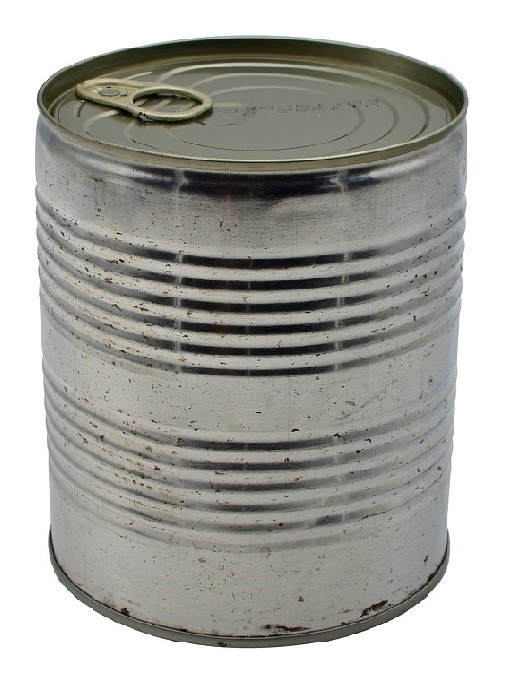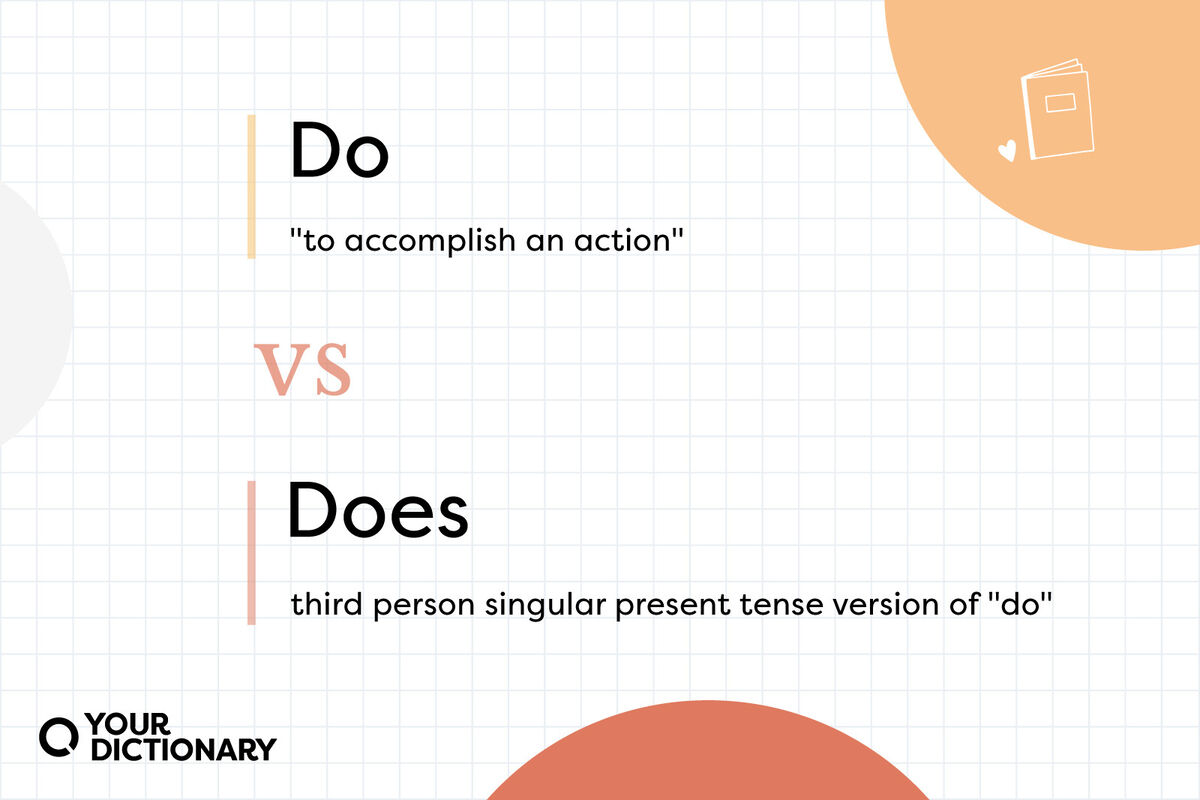Automotive Clear Coat: Complete Guide to Composition and Top Products
Understand automotive clear coat composition
Automotive clear coat represent the final protective layer in modern vehicle paint systems, serve as both a shield and aesthetic enhancer. This transparent coating consist of several key chemical components that work unitedly to create a durable, glossy finish.
Primary chemical components
The foundation of automotive clear coat lie in its resin system. Most modern clear coats utilize acrylic polyurethane resins, which provide excellent durability and UV resistance. These resins form long polymer chains when cured, create a tough, flexible film that can withstand environmental stresses.
Solvents make up another crucial component, typically comprise 60 80 % of the uncured product. Common solvents include xylene, toluene, and various acetates. These chemicals keep the resin in liquid form during application and evaporate during the cure process, leave behind the solid protective film.
Cross-linking agents, oftentimes isocyanate in two component systems, create chemical bonds between polymer chains. This crcross-linkingrocess importantly enhance the coating’s hardness, chemical resistance, and overall durability.
Additives and performance enhancers
UV stabilizers protect both the clear coat itself and the underlie paint layers from sun damage. These additives absorb harmful ultraviolet radiation that would differently cause yellowing, chalking, and degradation.
Flow and level agents ensure smooth application and eliminate brush marks or spray patterns. These additives reduce surface tension, allow the coating to self level into a uniform film.
Anti settling agents prevent pigments and other solid particles from separate during storage. Matting agents may be added to achieve specific gloss levels, from high gloss to satin finishes.
Types of automotive clear coat systems
Single stage vs. Two stage systems
Single stage clear coats cure through solvent evaporation solely. These systems are easier to apply but mostly offer less durability and chemical resistance compare to two stage systems.
Two stage systems require mix a base resin with a hardener or activator before application. The chemical reaction between these components creates superiorcross-linkingg, result in enhance performance characteristics.
Water base vs. Solvent base formulations
Environmental regulations have driven the development of water base clear coats, which contain importantly fewer volatile organic compounds( vows). These formulations use water as the primary carrier alternatively of organic solvents.
Solvent base systems distillery dominate professional applications due to their superior flow characteristics and durability. Nevertheless, water base alternatives continue to improve and gain market acceptance.
Lead automotive clear coat products
Professional grade options
Duple color clear coat automotive acrylic enamel stand out for its ease of use and professional results. This single stage system provide excellent gloss retention and UV protection, make it ideal for both touch up work and complete refinishing projects.
The product’s acrylic enamel formulation offer good durability while remain user-friendly for DIY applications. Its moderate price point makes it accessible to enthusiast level users without compromise quality.

Source: supersybon.com
Rust Mort super clear coat represent another excellent choice, especially for users seek maximum durability. This two component system requires mix but deliver superior hardness and chemical resistance erstwhile cure.
Premium coating solutions
For those demand the highest performance, ceramic enhance clear coats offer exceptional durability and scratch resistance. These products incorporate NATO ceramic particles that create a super hard, glossy surface.
Ceramic clear coats typically cost more than traditional formulations but provide superior longevity and easier maintenance. The enhanced hardness help resist minor scratches and swirl marks that unremarkably affect conventional clear coats.
High solids clear coats represent another premium category, contain 65 70 % solids by volume compare to 35 45 % in standard formulations. This higher solids content mean less shrinkage during cure and better build in fewer coats.
Application considerations and best practices
Surface preparation requirements
Proper surface preparation determine clear coat performance more than any other factor. The substrate must be wholly clean, decent sand, and free from contaminants.
Adhesion promoters may be necessary when apply clear coat over certain substrates or exist finishes. These products create a chemical bridge between the old surface and new coating.
Temperature and humidity control during application importantly impact final results. Most clear coats perform wellspring when apply at temperatures between 65 75 ° f with relative humidity below 50 %.
Application techniques
Spray application typically produce the smoothest, virtually professional results. Proper spray gun setup, include tip size and air pressure, ensure optimal atomization and film build.
Multiple thin coats broadly outperform single thick applications. This approach reduce the risk of runs, sags, and solvent entrapment while improve overall durability.
Brush and roll applications work for smaller projects but require careful technique to minimize texture and ensure flush coverage. High quality brushes and proper thinning ratios become critical for acceptable results.
Performance characteristics and durability
Weather resistance
Quality automotive clear coats must withstand extreme temperature variations, UV exposure, acid rain, and other environmental challenges. UV stabilizers and proper resin selection determine long term performance in these conditions.
Thermal cycling resistance prevent cracking and delamination as temperatures fluctuate throughout daily and seasonal cycles. Flexible resins accommodate substrate expansion and contraction without failure.
Chemical resistance protect against fuel spills, bird droppings, tree sap, and clean chemicals. Two component systems mostly offer superior chemical resistance compare to single stage alternatives.
Mechanical properties
Hardness affect scratch resistance and overall durability. Nonetheless, excessive hardness can lead to brittleness and cracking, so manufacturers must balance these characteristics.
Flexibility allow the coating to move with the substrate without crack. This property become specially important on flexible substrates like plastic bumpers and trim pieces.
Adhesion strength determine how advantageously the clear coat bonds to underlie layers. Poor adhesion lead to delamination and coating failure, careless of other performance characteristics.

Source: procarreviews.com
Maintenance and longevity
Proper care techniques
Regular washing with appropriate products helps maintain clear coat appearance and longevity. Harsh detergents and abrasive cleaners can damage the surface and reduce gloss over time.
Wax and polishing provide additional protection while enhance appearance. These products fill minor scratches and create a sacrificial layer that protect the clear coat itself.
Avoid automatic car washes with brush systems prevent unnecessary scratching and swirl marks. Handwashing or touchless systems provide safer cleaning alternatives.
Signs of deterioration
Clear coat failure typically begin with loss of gloss, follow by chalking, yellowing, or hazing. These early warning signs indicate the need for maintenance or reapplication.
Peeling or delamination represent advanced failure require complete removal and reapplication. Environmental factors, poor application, or substrate issues usually cause these problems.
Regular inspection helps identify problems other when corrective action may ease be possible. Address minor issues prevent more extensive damage and costly repairs.
Cost considerations and value analysis
Initial investment vs. Long term value
Premium clear coats command higher initial prices but oftentimes provide better long term value through extended service life and reduce maintenance requirements. Cost per year calculations help evaluate true value.
Professional application add significant cost but ensure proper surface preparation and application technique. DIY application save money but require skill and proper equipment for optimal results.
Material coverage rates vary importantly between products, affect the true cost per square foot. High solids formulations frequently provide better coverage despite higher initial costs.
Choose the right product
Application method compatibility must match available equipment and skill level. Some products require spray application while others work with brush or roller techniques.
Environmental conditions during application affect product selection. Some formulations tolerate wider temperature and humidity range than others.
Substrate compatibility ensure proper adhesion and performance. Certain clear coats work advantageously on specific materials or exist finishes.
The automotive clear coat market continue to evolve with new technologies and environmental regulations. Understand composition, select appropriate products, and follow proper application procedures ensure optimal results and long term satisfaction. Whether choose professional grade systems for demand applications user-friendlydly formulations fDIYdiy projects, the key lie in match product characteristics to specific requirements and conditions.



